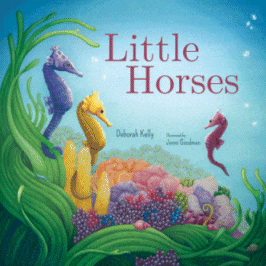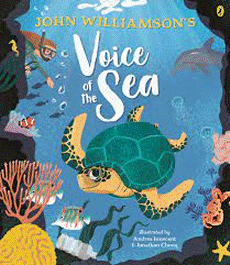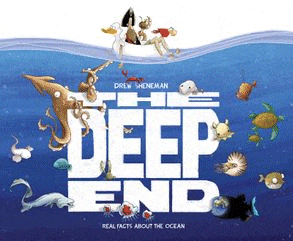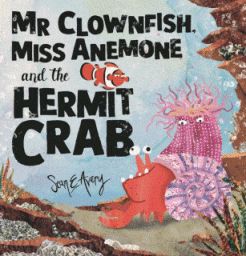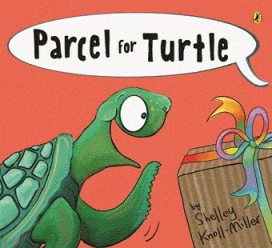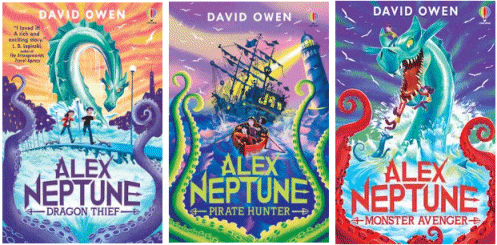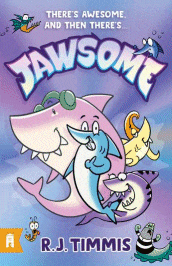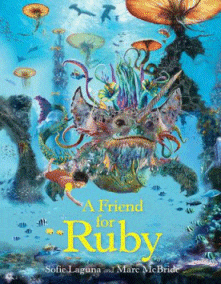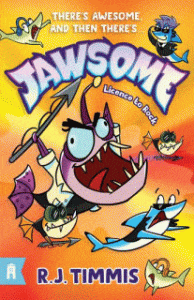
Jawsome: Licence to Rock
Jawsome: Licence to Rock
R. J. Timms
Albert Street, 2024
272pp., pbk., RRP $A15.99
9781761068607
Deep under the ocean in the Shallow Side of Chumville Finley the reef shark lives with his dentist parents Su and Shi, and his siblings, Dash, Smash, Crash, Flash , Splash and Bash. During the day Finley goes to school with his mates Hunter the tiger shark, Gnash the pointer shark and Gilleon the lemon shark, but at night, they are secretly the super-famous rock band JAWSOME!
In this, the second in the series, the band is off to play at Euro-fishin, and international music competition, where there will be bands like Swim Shady and Mertallica. But at the airport as departure time draws closer, Gnash (aka Gnarly Gnelson) hasn’t turned up, and a phone call to his parents reveals that he is missing. Immediately suspicious, and the police not taking the matter seriously, the band members find themselves deep in mystery and intrigue which includes stopping evil A.B.B.A. (Alliance of Brutally Bad Anglerfish) agents from destroying the ocean. Then, in the second story, unmasking a strange new band called the Killer Wails, that everyone seems to follow, and having to use all their rockstar skills to save Chumville from becoming mindless zombies.
This is a fun series for those emerging readers who like a light-hearted read, peppered with pun humour and plenty of illustrations. Verging on a graphic novel because so much of the action happens in the illustrations as it does in the text, it will also appeal to those students who like to be seen with thick books – it has over 300 pages because of the large font and copious graphics. With most of the puns printed in bold, it is also a good opportunity to investigate that literary technique and how its use adds humour to many situations, as well as identifying the common elements and themes of such stories so readers start to understand the concept of genre, in this case the tropes of spy stories.
Released at a time when so many of our students are swept up in the Swifties craze as Taylor Swift tours the nation, this is an engaging and enjoyable read on many levels that will have wide appeal.
